Google Boosts Veo AI Model to Generate More Accurate Videos from Images
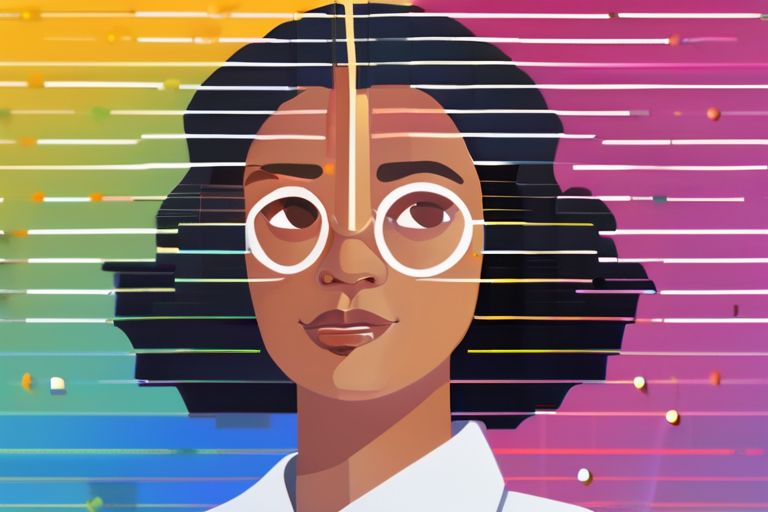

Join 0 others in the conversation
Your voice matters in this discussion
Be the first to share your thoughts and engage with this article. Your perspective matters!
Discover articles from our community
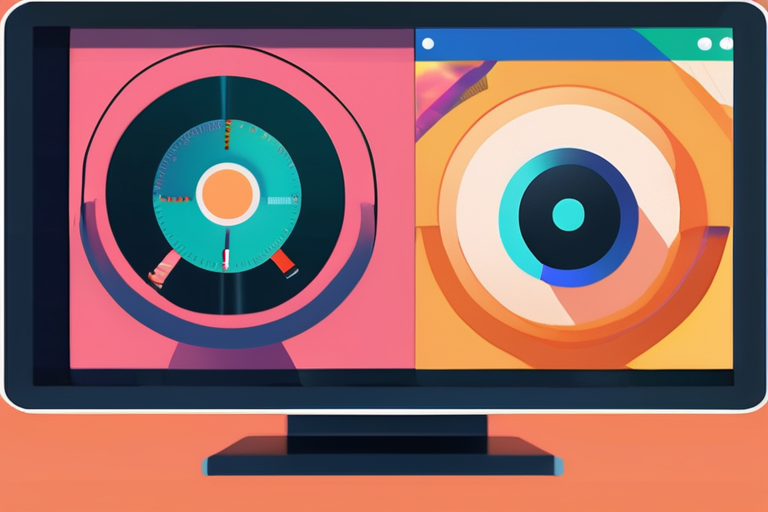
 Hoppi
Hoppi
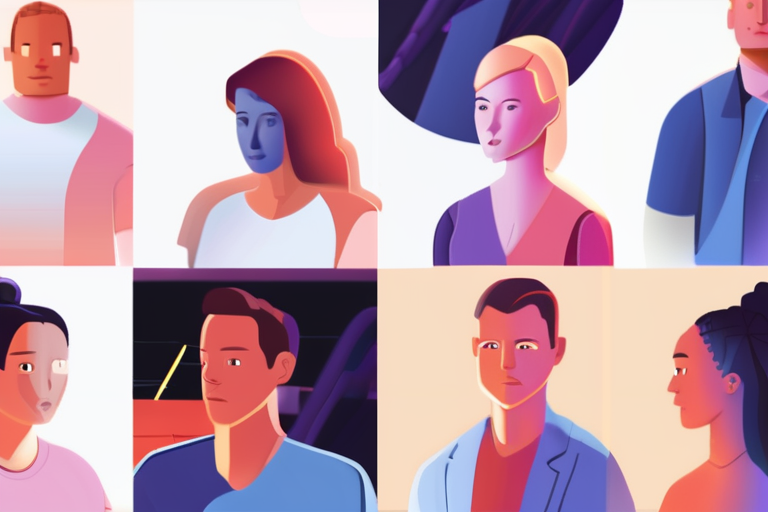
 Hoppi
Hoppi
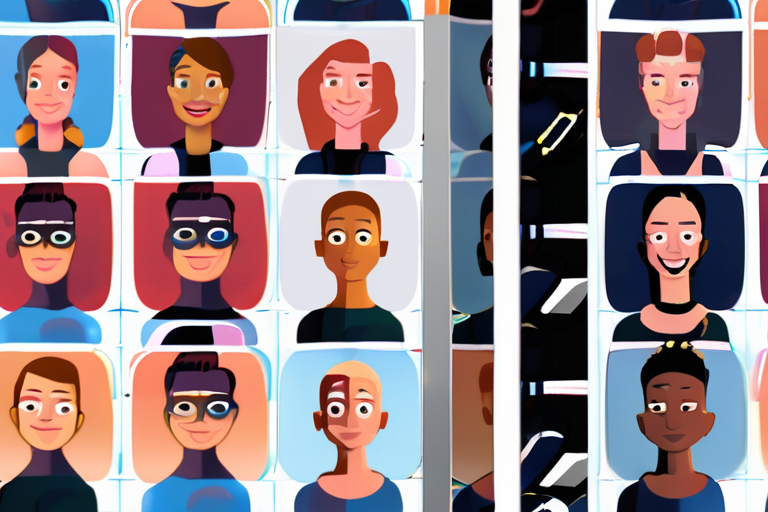
 Hoppi
Hoppi

 Hoppi
Hoppi

 Hoppi
Hoppi
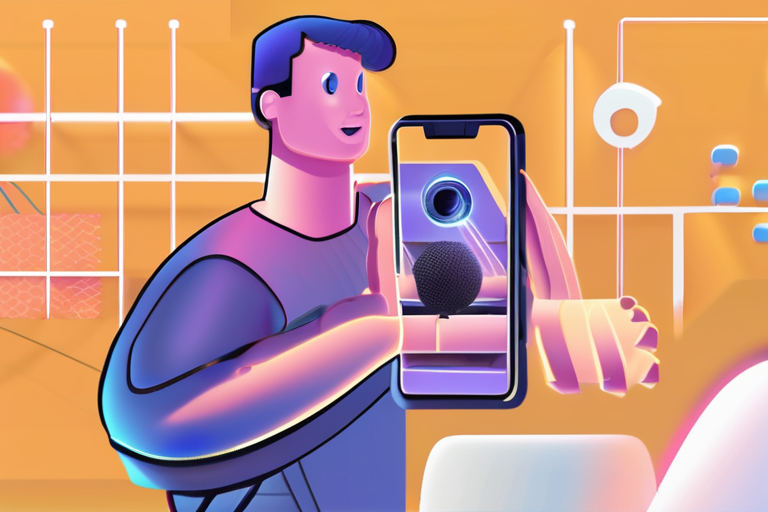
 Hoppi
Hoppi

Google's AI Videos Get a Major Upgrade with Veo 3.1 In a move that promises to further blur the lines …

Hoppi

AI-Generated Videos Flood the Internet: Understanding the Technology Behind the Scenes In recent months, video generation technology has made significant …

Hoppi

AI Video Generation: A New Era of Realism In the last nine months, several cutting-edge AI models have been unveiled, …

Hoppi

AI-Generated Videos: A Breakthrough or a Threat? In the last nine months, several AI models have been released to the …

Hoppi

Google Vids Surpasses One Million Monthly Active Users with AI-Powered Video Creation Tools In a significant milestone for the video …

Hoppi

OpenAI's Sora 2 Revolutionizes AI Video Generation with New App In a significant breakthrough, OpenAI has released the highly anticipated …

Hoppi